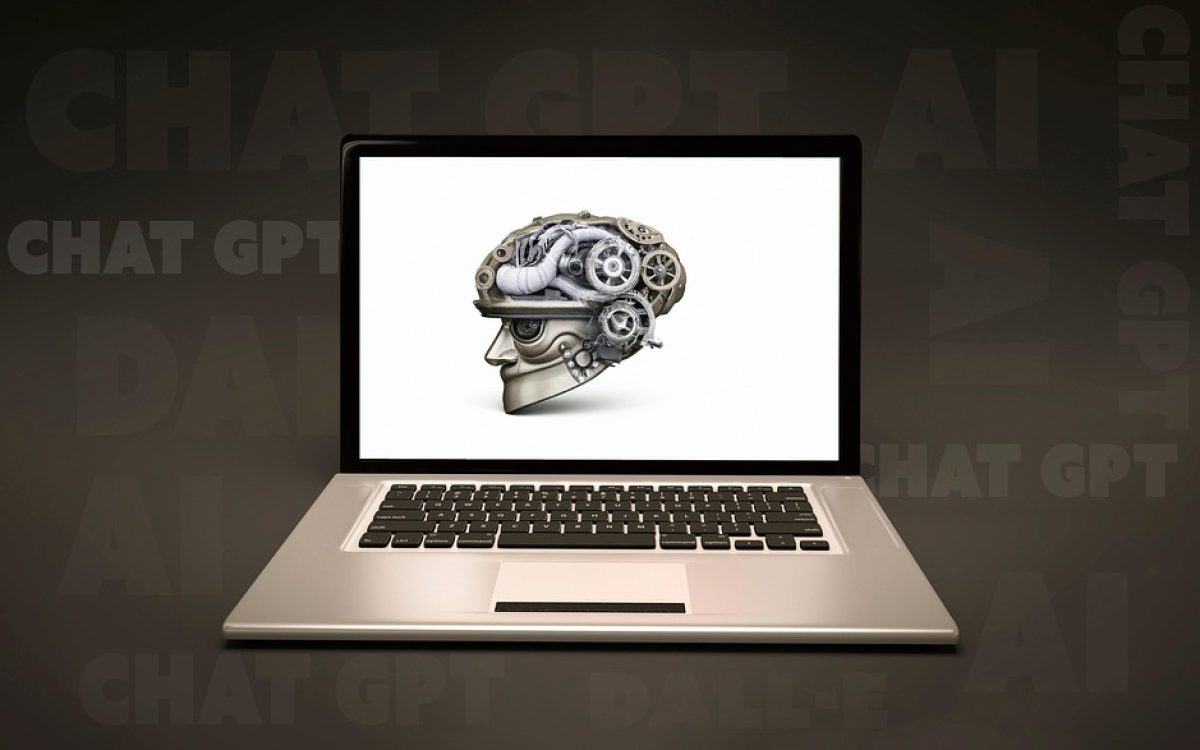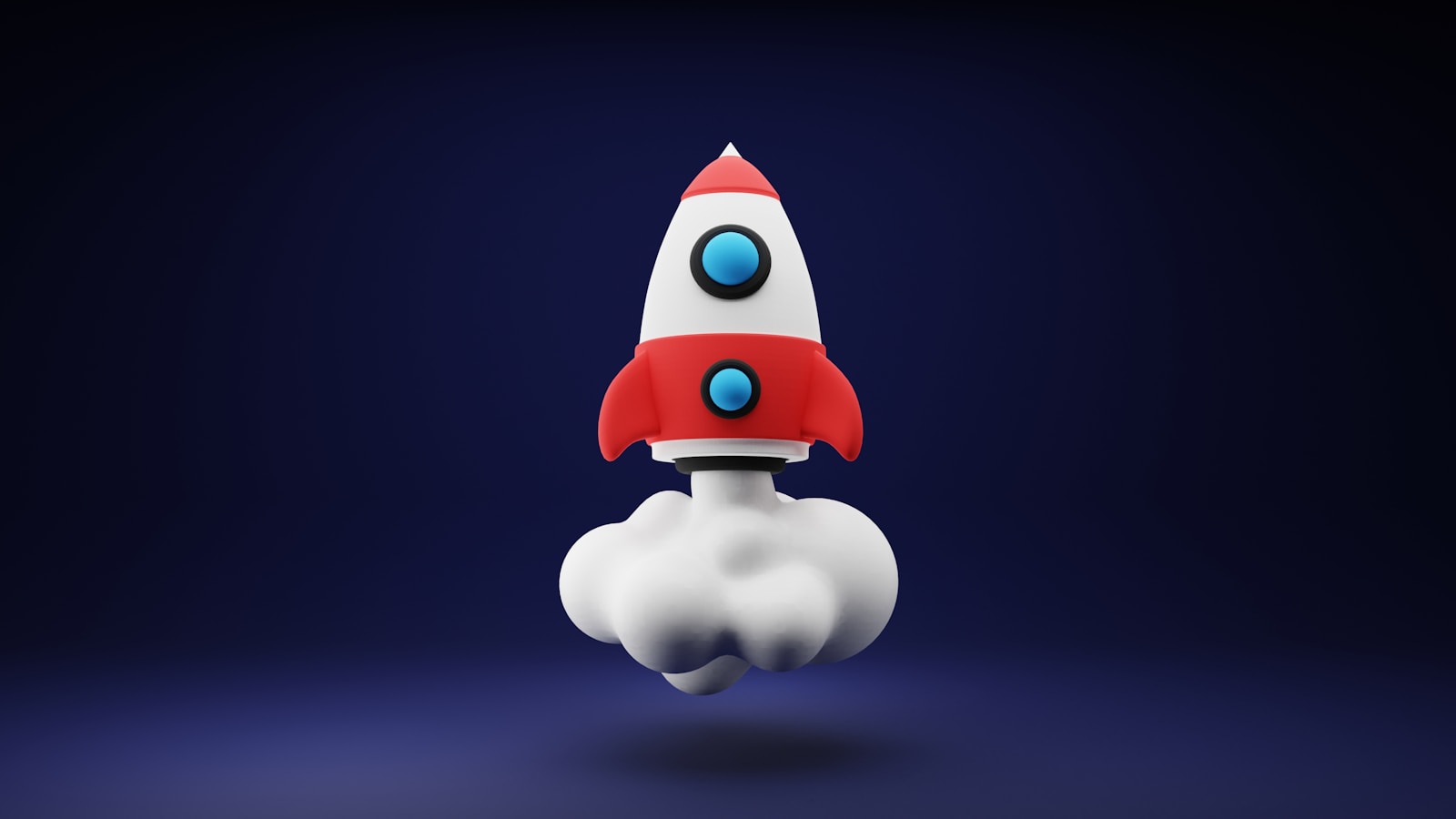Introduction
DALL·E is an artificial intelligence model created by OpenAI that generates images from textual descriptions. This groundbreaking technology has the ability to create unique and imaginative images that were previously unimaginable. By exploring the capabilities of DALL·E, we can unlock a world of endless creativity and innovation.
How Does DALL·E Work?
DALL·E uses a neural network architecture known as a transformer to generate images based on textual input. It is trained on a diverse dataset of images and text to learn the relationships between different concepts and generate corresponding visual representations.
Key Features of DALL·E:
- Ability to understand and interpret complex textual descriptions
- Generate high-quality images that align with the input description
- Create visually appealing and unique compositions
- Explore a wide range of styles and visual concepts
Real-World Examples
Companies like Adobe and Shutterstock are already leveraging DALL·E’s image generation capabilities to enhance their creative workflows. By using DALL·E, designers and artists can quickly generate visual concepts and explore new ideas in a fraction of the time it would take manually.
Statistics and Case Studies
According to a recent study, DALL·E has been shown to outperform traditional image generation models in terms of creativity and visual quality. In a case study conducted by a design agency, using DALL·E resulted in a 30% increase in design productivity and a 20% reduction in project timelines.
Conclusion
Exploring the boundless creativity of DALL·E’s image generation opens up a world of possibilities for artists, designers, and creatives. By harnessing the power of AI technology, we can push the boundaries of imagination and create visually stunning works of art that were previously unimaginable.





